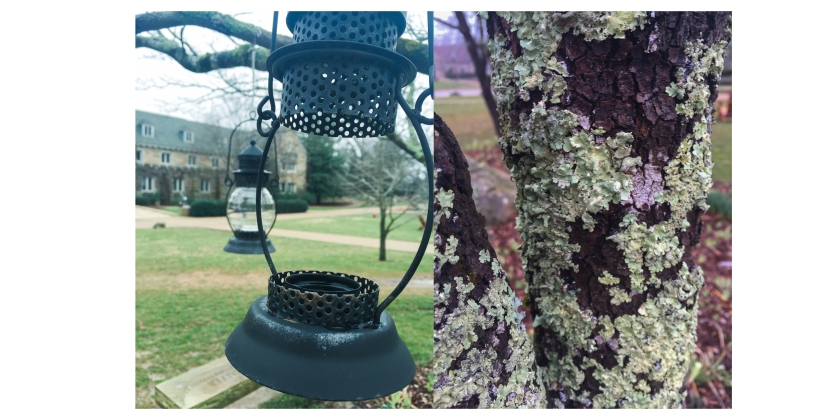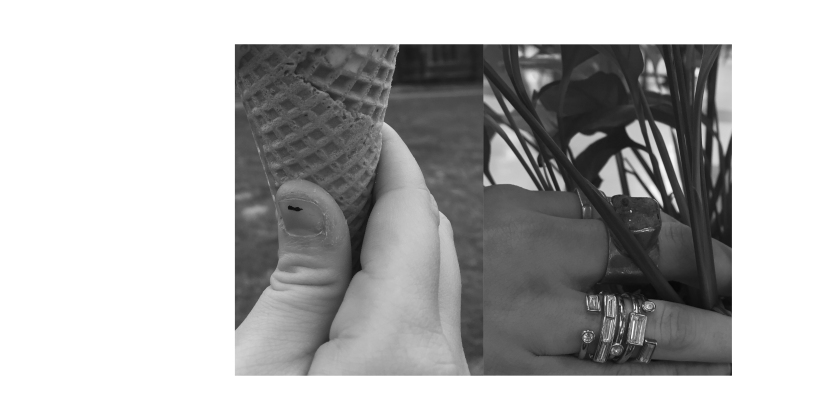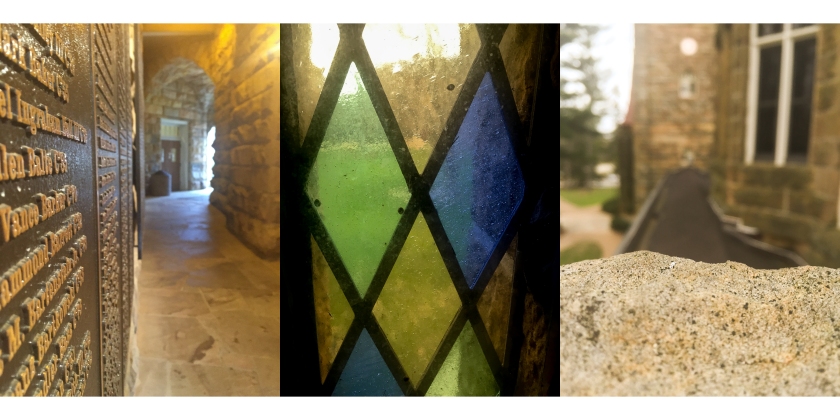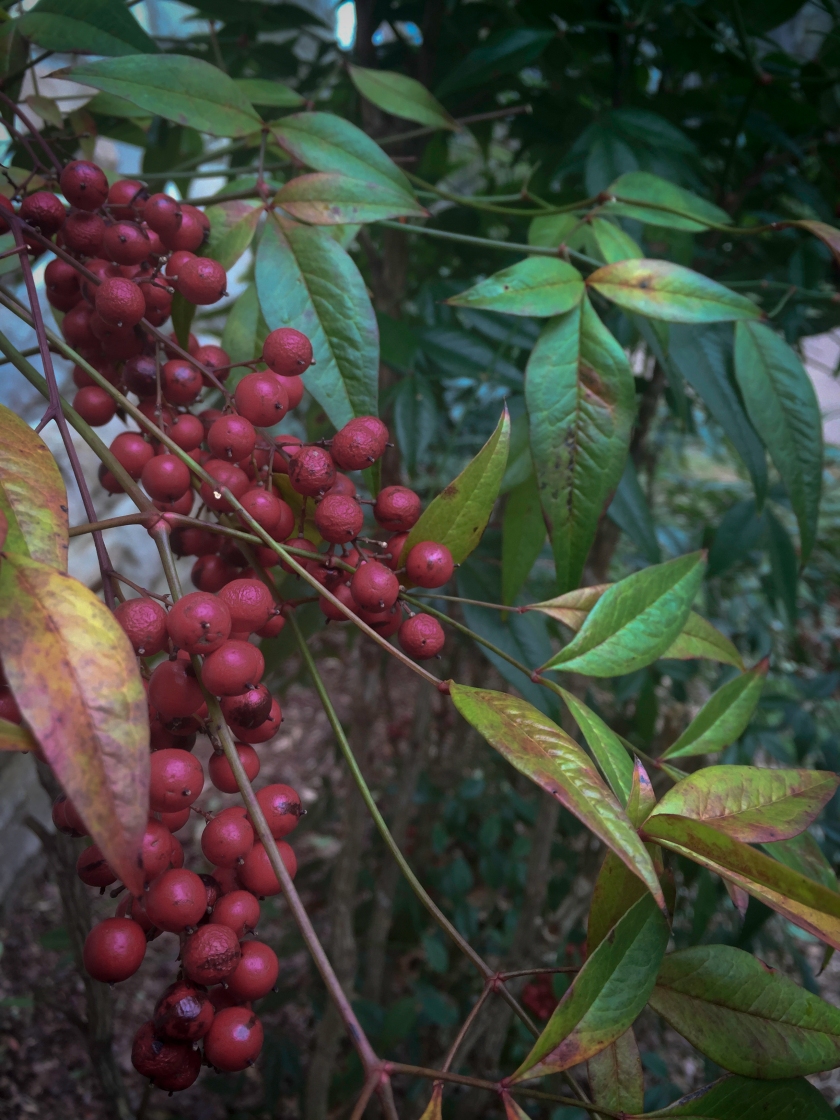In this work, one of the most fundamental concerns expressed is the ability to sequence a group of pictures that make sense together, however are not too literal. I initially struggled with this, pairing together simply what looked pleasing to the eye and made obvious sense to any observer. Throughout the course of this Module, I began to realize that through little details, whether that is the thumb that is holding the ice cream cone or a certain shade that is present in multiple pictures, I could create a sequence that had meaning but was not too literal. Another concern that is expressed in this work is through color. I initially struggled with editing my pictures in a way that highlighted certain aspects of each photo without over exaggerating or editing. Throughout the process of completing this project I was able to realize in some cases that making minimal changes made all the difference.
One example of how a component of one of my pieces addresses sequence and space is in my first sequence. In this sequence, each photo is tied together spatially by having a close up focus on an object, with a background that virtually has no ending. In the photo on the right, the focus is on the crispness of the words, however the open curve in the background shows that there is no ending. In the middle photo, the focus is on the stained glass window, however looking past that the observer can see the outside. In the photo on the right, the focus is on the rock, however in the background the observer can see the path.
In my first sequence, all three photos are tied together in many different ways that exemplify place as a type of object. For example, the stained glass serves as both an object as well as a place. The actual window serves as the object in a literal sense. However, when looking through the window it is clear that there is a place behind it. The stained glass ties together with the image on the left in the sense that an observer is unable to clearly see what lies beyond the curve in the hall, as well as being unable to clearly see what lies beyond the stained glass window. The stained glass ties together with the image on the right through the idea of the observer not being able to see what lies beyond the path.
One aspect of my work (Sequence 1) that I had not been aware of until after having completed the project was how the different colors in the stained glass window compliment colors in the other two photos. The other two photos, with mainly brown and golden hues have little bits of other colors that are highlighted by the stained glass window. The blue in the stain-glassed window brings out the small bit of blue that is seen at the end of the hall in the photo on the left. The green in the stain-glassed window brings out the grass and trees that is seen in the corner of the photo on the right. The yellow in the stain-glassed window brings out the golden and brown hues that are seen in both photos.
In the previous module, the first project we completed was to put together three separate sequences of 3, 5, and 7 clips. Each clip within the sequence was supposed to relate to the other, however not in a literal sense. This reminded me of what we have done in the final project. Both projects use putting together different images or clips in order to convey meaning. Both of these projects embody the idea of creating a piece of art that has meaning through different themes.



